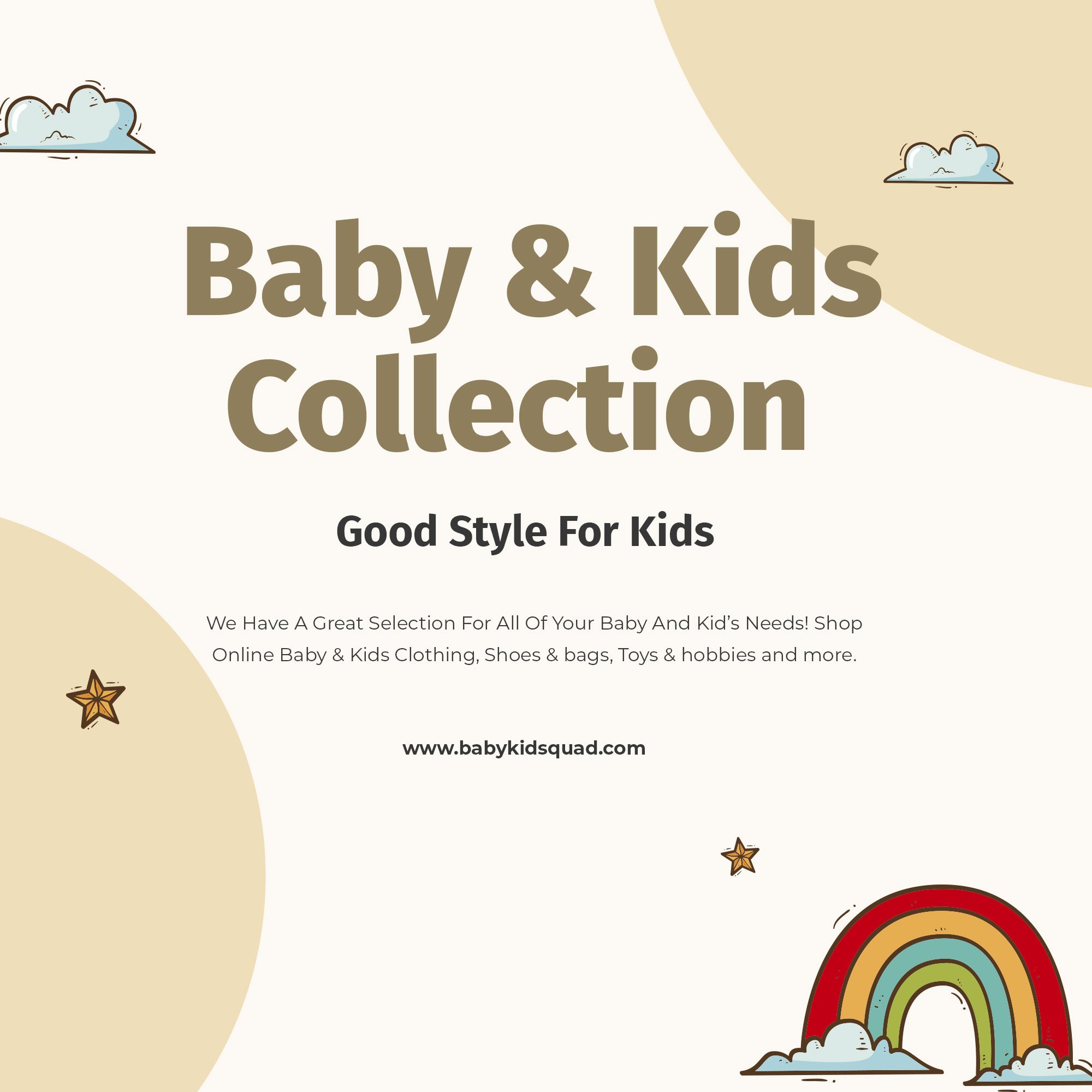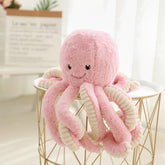Can I Use Clorox Wipes on Plush Toys? A Comprehensive Guide for Parents
Table of Contents
- Introduction
- Why Cleaning Plush Toys is Essential
- Understanding Plush Toy Care Labels
- Cleaning Methods for Plush Toys
- Best Practices for Keeping Plush Toys Clean
- Conclusion
Introduction
Every parent knows the heart-wrenching moment when a beloved stuffed toy gets stained or dirtied. Whether it’s a spill from a late-night snack or a mud encounter during playtime, plush toys that our little ones adore often end up needing a good clean. But as we dive into the cleaning journey, a common question arises: Can I use Clorox wipes on plush toys?
When we think about disinfecting and cleaning, Clorox wipes often come to mind as a quick solution for many surfaces. However, when it comes to plush toys, things can get a bit more complicated. Understanding how to safely clean these cherished items is paramount not just for hygiene, but also for preserving their softness and charm.
In this blog post, we’re going to explore the best practices for cleaning plush toys, including whether or not Clorox wipes are suitable. We’ll also discuss the importance of keeping our children’s toys sanitized, delve into the various cleaning methods available, and provide you with practical tips for maintaining your little one's favorite companions.
By the end of this article, you’ll feel empowered to tackle any plush toy cleaning task with confidence, ensuring your child's favorite toys are not only clean but safe to cuddle. So, let’s embark on this journey together, as we navigate the world of plush toy sanitation.
Why Cleaning Plush Toys is Essential
Before we jump into the specifics of cleaning methods, let's discuss why it's so important to keep plush toys clean.
The Germ Factor
Plush toys are often hugged, chewed on, and taken everywhere, making them prime candidates for collecting germs and bacteria. According to recent studies, children touch their toys frequently, and toys can harbor various pathogens, especially when shared among friends or siblings. In fact, studies have shown that toys can carry more germs than doorknobs! Regular cleaning helps to reduce the risk of illness, especially in younger children whose immune systems are still developing.
The Comfort of Cleanliness
Not only does a clean toy help prevent illness, but it also provides comfort for children. The reassurance of hugging a clean, fresh-smelling toy can significantly improve a child's mood and sense of security. At Baby Kid Squad, we understand the importance of both hygiene and comfort in our children's lives.
Maintenance of Quality
Plush toys can be quite an investment, both emotionally and financially. Regular cleaning can extend the life of these toys, ensuring that they remain a cherished part of childhood memories. Proper care prevents wear and tear, preserving the toy's appearance and softness.
Understanding Plush Toy Care Labels
Before diving into cleaning methods, it’s essential to check the care labels on plush toys. Manufacturers often provide specific instructions on how to clean their products. Here are common labels you might encounter:
- Machine Washable: These toys can typically be tossed in the washing machine, making them easier to clean.
- Spot Clean Only: Toys with this label should not be submerged in water but can be cleaned by treating specific stains.
- Do Not Wash: Some plush toys, especially those with electronic components or delicate embellishments, should only be cleaned with a damp cloth.
Understanding these labels helps you choose the right cleaning method, ensuring you don’t accidentally damage a beloved toy.
Cleaning Methods for Plush Toys
1. Spot Cleaning
For toys labeled as "spot clean only," this is the safest method to remove stains without compromising the toy's integrity.
Supplies Needed:
- Mild detergent (baby-safe if possible)
- Soft cloth or sponge
- Water
Steps:
- Mix a small amount of mild detergent with water.
- Dampen the cloth or sponge in the solution and wring it out so it’s not dripping.
- Gently dab the stained area, working from the outside inward to avoid spreading the stain.
- Use a clean, damp cloth to remove any soap residue.
- Allow the toy to air dry completely.
2. Machine Washing
If the plush toy is labeled as machine washable, this method is suitable for a thorough clean.
Supplies Needed:
- Mesh laundry bag
- Mild detergent
- Tumble dryer or drying rack
Steps:
- Place the plush toy in a mesh laundry bag to protect it during the wash.
- Wash on a gentle cycle with cold water to prevent shrinking or damage.
- If possible, add a few towels to balance the load and reduce agitation.
- Use a mild detergent that is safe for babies.
- Once washed, you can tumble dry on low or air dry. If tumble drying, add a couple of clean, dry towels to help fluff the toy.
3. Disinfecting with Clorox Wipes
Now, onto the primary question: Can I use Clorox wipes on plush toys?
The short answer is: It’s not recommended. While Clorox wipes are effective for sanitizing hard surfaces, their use on plush toys can be problematic for several reasons:
- Chemical Sensitivity: The chemicals in Clorox wipes may irritate a child's skin, especially for those with sensitive skin.
- Discoloration: The cleaning agents can cause discoloration or damage to the fabric of plush toys, ruining their appearance.
- Inadequate Cleaning: Wipes do not penetrate deeply into the fibers of plush toys, which means they may not effectively remove all dirt and germs.
Recommended Alternatives
Instead of Clorox wipes, consider using baby-safe disinfectant sprays that are designed for fabrics. These products are formulated to be gentle yet effective, making them a safer option for cleaning plush toys.
Steps for Using Fabric Safe Disinfectant:
- Lightly spray the disinfectant on the plush toy, ensuring to cover the surface.
- Allow it to air dry completely before giving it back to your child.
Best Practices for Keeping Plush Toys Clean
Regular Maintenance
- Vacuum: Periodically vacuum plush toys using a brush attachment to remove dust and debris. This is especially useful for toys that can’t be machine washed.
- Wash Frequently: For plush toys that are heavily used, such as those that go to bed with your child, consider washing them bi-weekly or monthly depending on usage.
- Store Properly: Keep plush toys in a clean, dry environment to prevent dust accumulation and potential mold growth.
Teaching Kids About Hygiene
Encouraging children to understand the importance of keeping their toys clean can foster good hygiene habits. Teach them to:
- Wash Their Hands: Make handwashing a routine before and after playtime.
- Keep Toys Off the Floor: Encourage them to keep their toys on clean surfaces rather than the floor where dirt and germs can accumulate.
Conclusion
Cleaning plush toys is a crucial aspect of maintaining a healthy and nurturing environment for our children. While the convenience of Clorox wipes might be tempting, it’s vital to choose cleaning methods that are safe and effective for the plush materials. By understanding care labels, utilizing appropriate cleaning techniques, and fostering good hygiene habits, we can ensure that our children's favorite toys remain safe and snuggly.
At Baby Kid Squad, we’re dedicated to helping families navigate these parenting challenges with stylish and practical solutions. With the right care, we can all ensure that our little ones’ beloved plush companions stay clean, safe, and ready for every adventure.
FAQ
Can I use Clorox wipes on plush toys?
It is not recommended to use Clorox wipes on plush toys due to potential skin irritation and discoloration of the fabric.
How often should I clean my child's plush toys?
For heavily used plush toys, consider washing them every couple of weeks. Less frequently used toys can be cleaned monthly.
What should I do if my plush toy is labeled "do not wash"?
If the plush toy can’t be washed, use a damp cloth to spot clean any stains and ensure to vacuum it regularly to keep it dust-free.
What is the best way to disinfect plush toys?
The best way to disinfect plush toys is by using a baby-safe fabric disinfectant spray, allowing the toy to air dry completely afterward.
How can I prevent my child's toys from getting too dirty?
Encourage good hygiene habits, such as washing hands before and after playtime, and keeping toys off the floor where dirt can accumulate.





